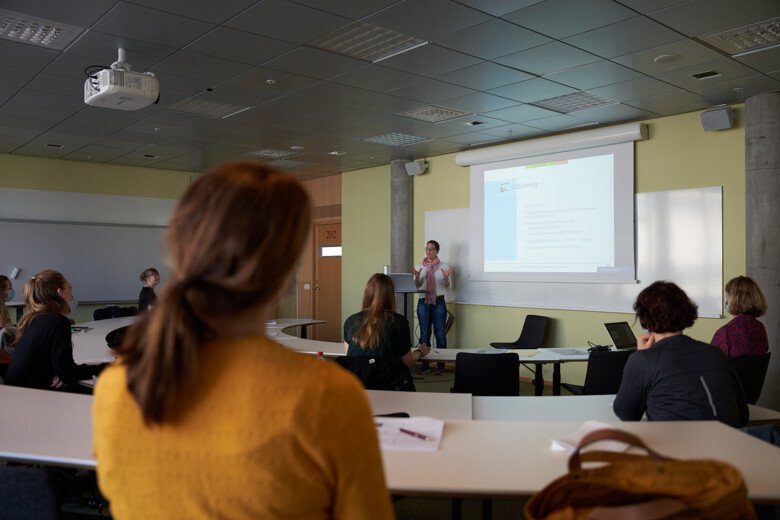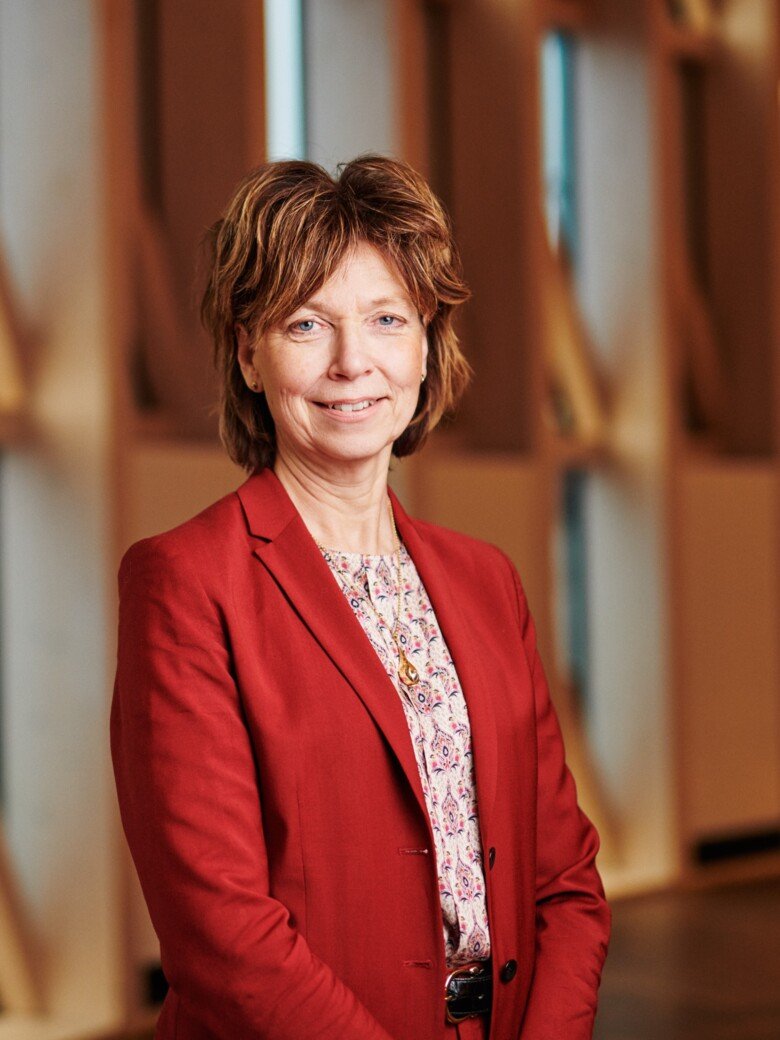Increased use of digital tools in post-pandemic teaching

The experience of the rapid transition to distance learning during the pandemic has been evaluated in a new report. Here are opinions from both teachers and students which will now be used to further develop teaching methods.
“One of the biggest lessons includes the many benefits of the increase in the work conducted digitally. There are several tools and methods available that teachers can now continue to use in their teaching,” says Annika Östman Wernerson, Dean of Higher Education at Karolinska Institutet.
The transition worked well
The report “Teaching and examination in digital environments: follow-up of teachers' and students' experiences” covers the academic year 2020-2021. The aim has been to follow up on how digital distance learning has been experienced by both teachers and students.
“We have carried out several ongoing evaluations that have shown that the majority of students have had a favourable experience of the digital transition. Many people are happy about the possibilities of distance learning and being able to review the lessons with the help of recorded lectures, while others have missed the interaction with teachers and other students,” says Annika Östman Wernerson.
The fact that it worked so well can be explained by the great efforts of the teachers and the willingness of the students to contribute, but the fact that digital solutions were available, such as KI's digital learning platform, has been of great importance.
“Even before the pandemic, KI was well-positioned when it came to the use of digital tools in teaching, which was also one of the reasons why we were able to deal with the transition so well,” says Alexander Klaréus, Chair of the Medical Association.
He stresses however that the pandemic primarily involved crisis management.
“Together we managed to deal with a difficult situation by using more digital aids. However, pedagogical development must take place in a structured manner and not based on experiences during a crisis. Hybrid solutions are needed to a greater extent to be incorporated as further development for teaching,” he says.

“We, therefore, need to develop more forms of hybrid teaching where you can choose to be at the university or participate remotely based on your life situation. Yale University has for example developed ways to offer similar alternatives with simple technical aids,” says Alexander Klaréus.
Teachers can choose the form of teaching
Today, most teaching has reverted to traditional campus teaching, although each teacher can choose the forms that are best suited to achieving the learning outcomes for each course.
“We now need to find a good balance between the different teaching methods where the focus should be on students' learning. Then it is up to each teacher to adapt their teaching to their course and their students. Here we will see the development of various forms of so-called ‘blended learning’,” says Annika Östman Wernerson.
At the same time, many educational elements are not suitable for distance learning, according to Dana Samiean, Chair of the Odontological Association. Skills training and laboratory work are more difficult to carry out with digital distance tools.
“In our students' programmes there are many practical elements that require you to be on campus. It is important that they continue to be on campus while the pandemic indicates that several aspects of the theoretical parts are suitable for digital distance education,” says Dana Samiean, Chair of the Odontological Association.
Continued evaluation
Work is now underway at the Committee for Education at First and Second Cycle level to develop the right support for further education.

“This includes, among other things, defining different concepts, such as hybrid teaching, so they can be evaluated while the teaching is ongoing. In addition, it is important that we continue to follow up on different teaching methods to see how they work for learning and to find out what the students think,” says Annika Östman Wernerson.
The Education and Learning Unit (UoL) has also done important work during the pandemic and there is continued work to develop support for teachers. This ranges from strengthening the digital infrastructure, such as the learning platform, to increasing opportunities for digital examinations.
“We also need to look at things like our local needs that may change based on new forms of teaching,” says Annika Östman Wernerson.
She stresses that it is important that all pedagogical development takes place based on the understanding of what facilitates students' learning.
“We know that teaching methods that activate students are good and as part of this, more of the teachers' time should be devoted to helping students translate their knowledge rather than providing traditional lectures. When students receive help in using new skills to understand relevant problems, it produces better learning,” says Annika Östman Wernerson.
